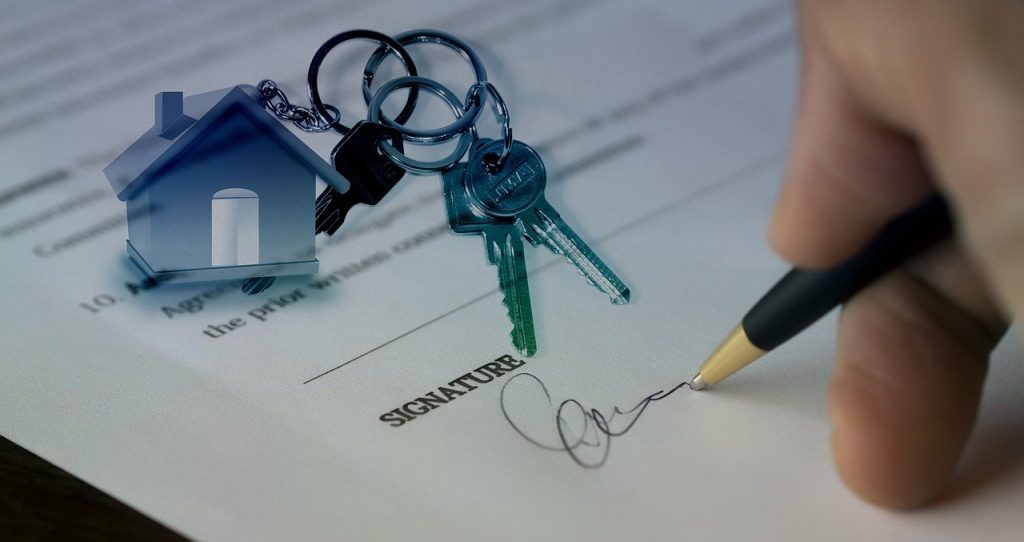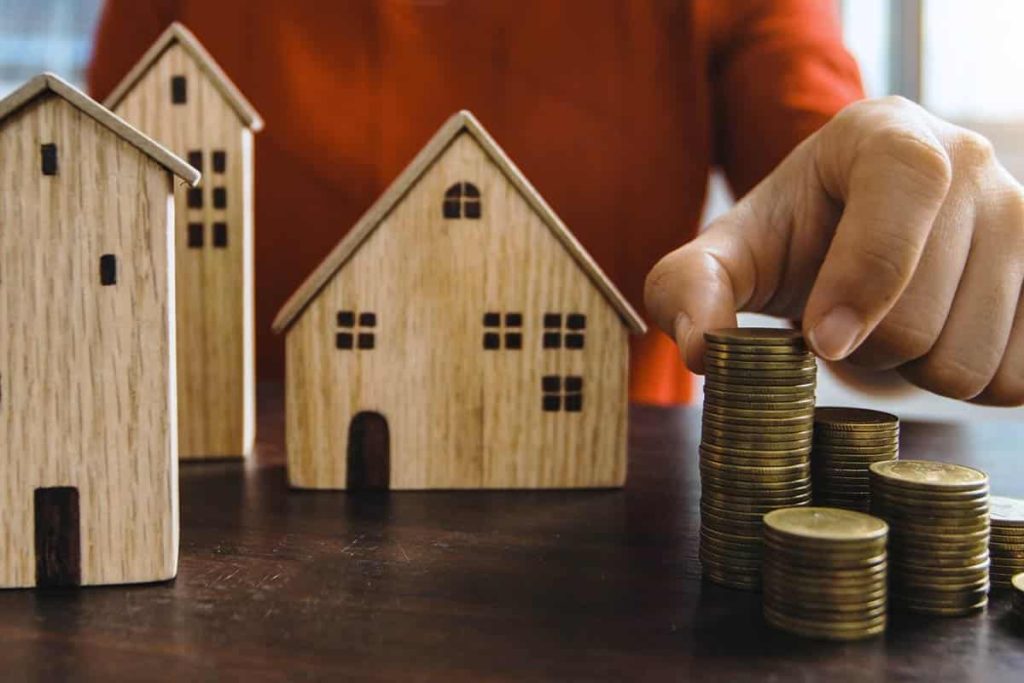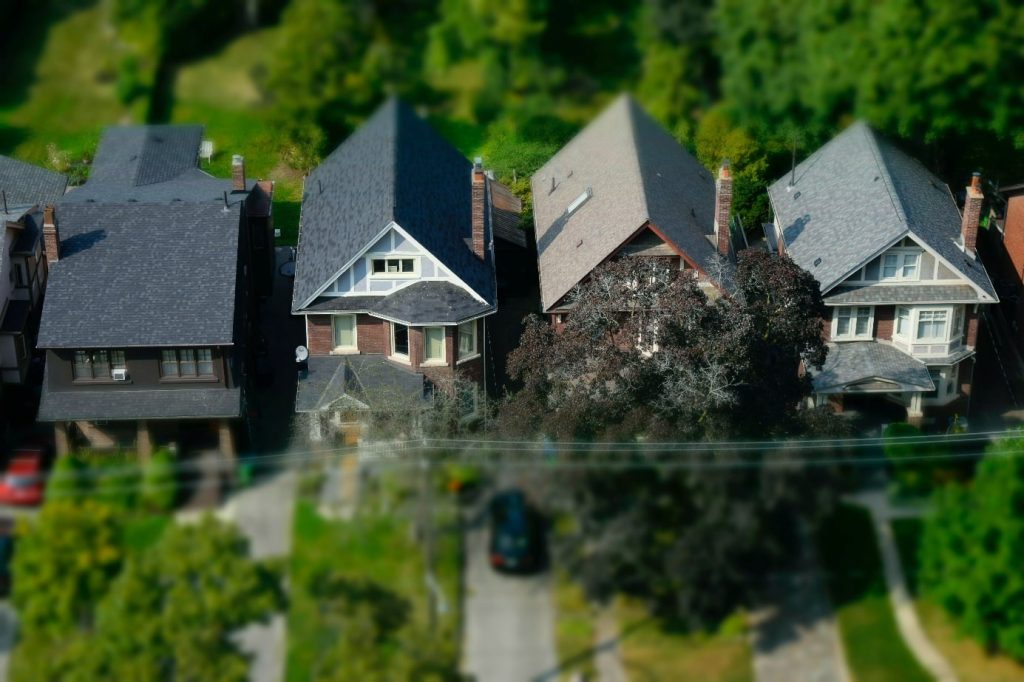Societies are constantly changing and these changes also concern habitat. The buildings of the future should be constructed with innovative materials that are more ecological and better insulated from the cold or ambient noise. In the near future, our homes will also be equipped with connected devices, which will perform many tasks for us. Modular or shared, houses and apartments will also testify to another conception of space.
Summary
natural materials, ecological and insulating
One of the main challenges that designers of the habitat of tomorrow must address is that of reducing its negative impact on the environment.
To achieve this, it is necessary reduce the share of concrete in construction. Due to its production, which is very costly in terms of energy, this material alone is responsible for a non-negligible share of global greenhouse gas emissions (source: unfccc.int).
Also, in the housing of tomorrow, more natural and ecological materials, like wood, should gradually supplant concrete. The use of wood also has other advantages, such as the speed of construction or the warm appearance of the dwellings.
Already, the use of other materials must make it possible both to better preserve the environment and to ensure better thermal insulation, moreover imposed by increasingly restrictive regulations.
Whether it’s glass, fabric or cardboard, these materials come from recycling and prove to be excellent insulators. There are even some in the form of a transparent gel or made from mushrooms.
Smart homes
The habitat of tomorrow is also houses equipped with equipment that the technology that animates them makes capable of carrying out numerous functions.
In these homes of the future, everything will be controlled and programmed using innovative techniques. It is the triumph of what is called the Automationalready entered many homes.
It then becomes possible, from your smartphone, to trigger the opening of the shutters or the switching on of the lamps. Your voice may already be enough to control these different functions. Even away from your home, you can start watering your garden or adjust the heating.
In the near future, it will no doubt be possible to equip these domestic appliances with a even greater autonomy. Your heater will thus adapt itself to the seasons and temperature variations.
Always more amazing, your devices will make your daily life even easier. During your absence, a robot will prepare your favorite fruit juice, while the refrigerator will be able, thanks to intelligent displays, to prepare your shopping list or search for recipes.
A new conception of space
The habitat of tomorrow also means more inventive housing, where the space evolves over time and needs. It will be easier to change the destination of a room, to save space if needed or, on the contrary, to reduce a space that has become too large.
In short, the housing of the future will be more and more modular. To achieve this, the solutions are not lacking. Removable partitions can thus, at will, create an additional room. This is how claustras or Japanese panels partition rooms while representing, by themselves, new decorative elements.
Other solutions, such as sliding partitions or retractable beds, make it possible to redesign the space according to the needs of the moment.
But the housing of the future will no doubt go further in this adaptation of housing to the evolving needs of its occupants. They will thus be designed in two distinct parts, both linked and separate.
The first block will consist of the main apartment, and the second of a more modest accommodation. Equipped with all the necessary equipment, these two sets can, depending on the needs of the moment, be used separately, or combined if the need arises.
Other builders have imagined modular housing models made up of several modules, independent of each other, but some of which can be converted into a single apartment. This would include, for example, two modules, while the third would be unoccupied or rented.
As soon as the need arises, the birth of a first child for example, this module can be integrated into the main dwelling. This flexibility, in the layout of the accommodation, makes it possible to adapt to changes and avoid too frequent moves.
Modular, the space will also be more shared. One can imagine, in fact, the presence of common rooms or equipment available to all. This differentiation of space, between private rooms and common places, would make it possible to free up space at home, to save energy and to recreate an often distended social bond.




